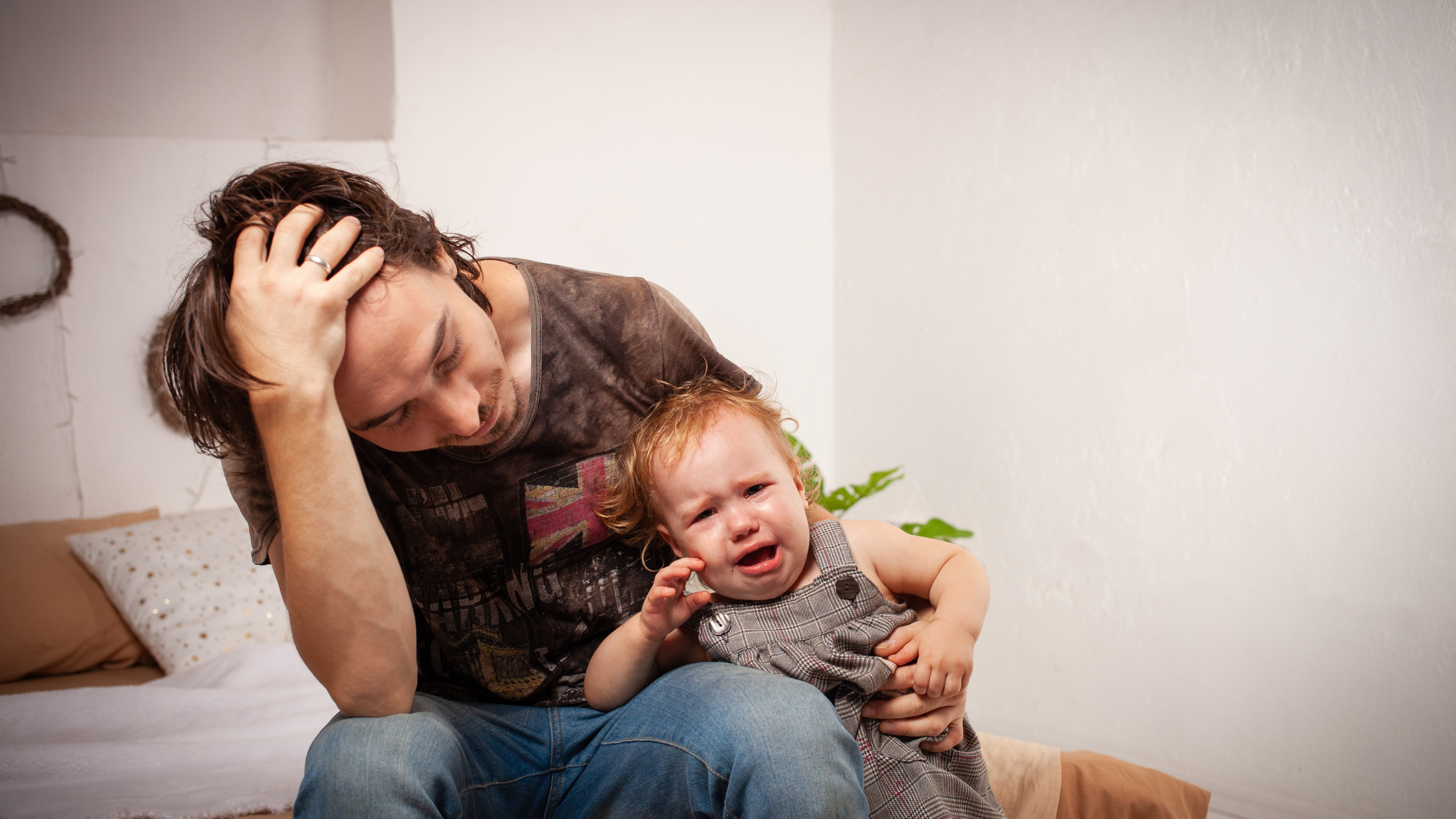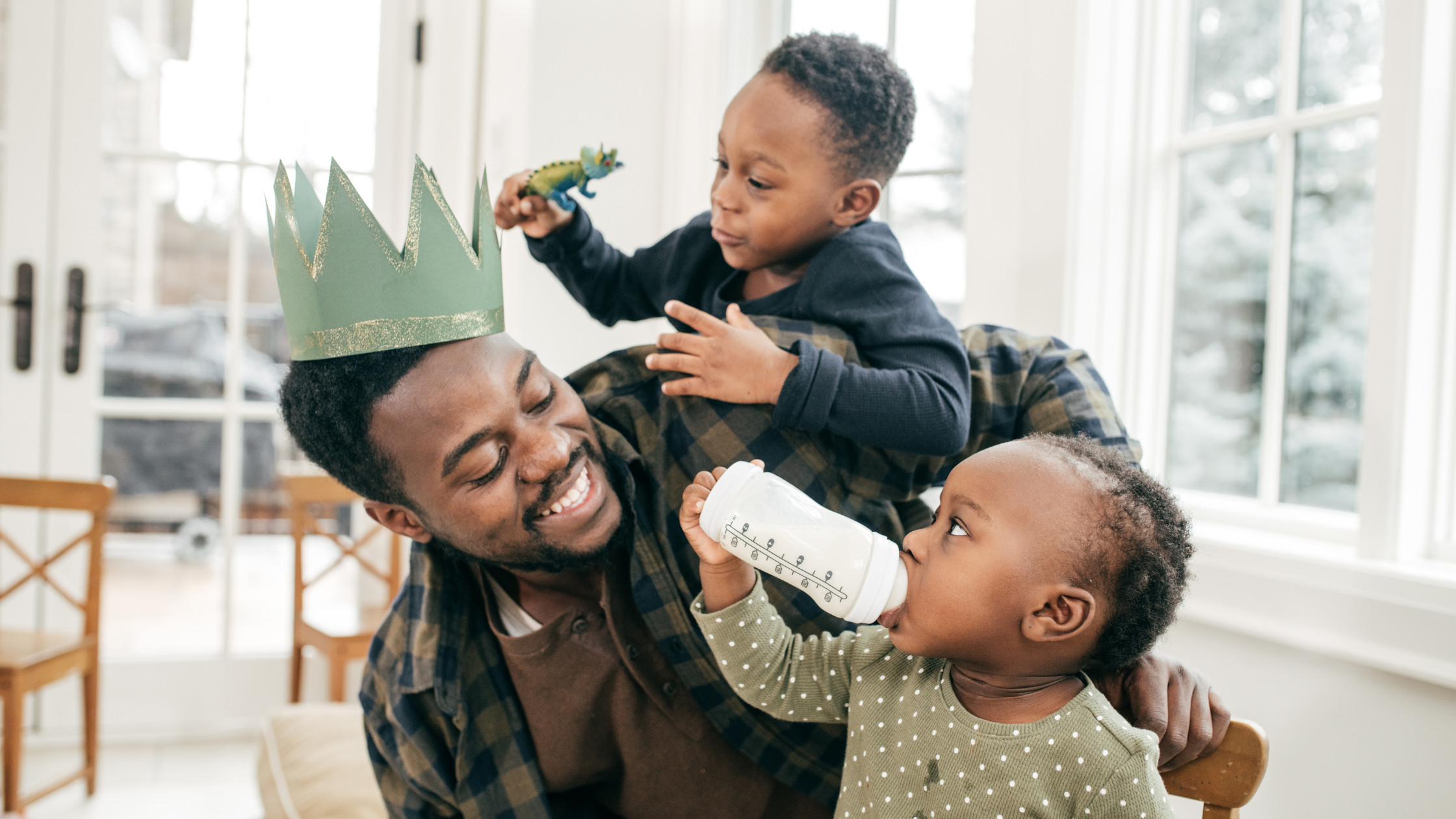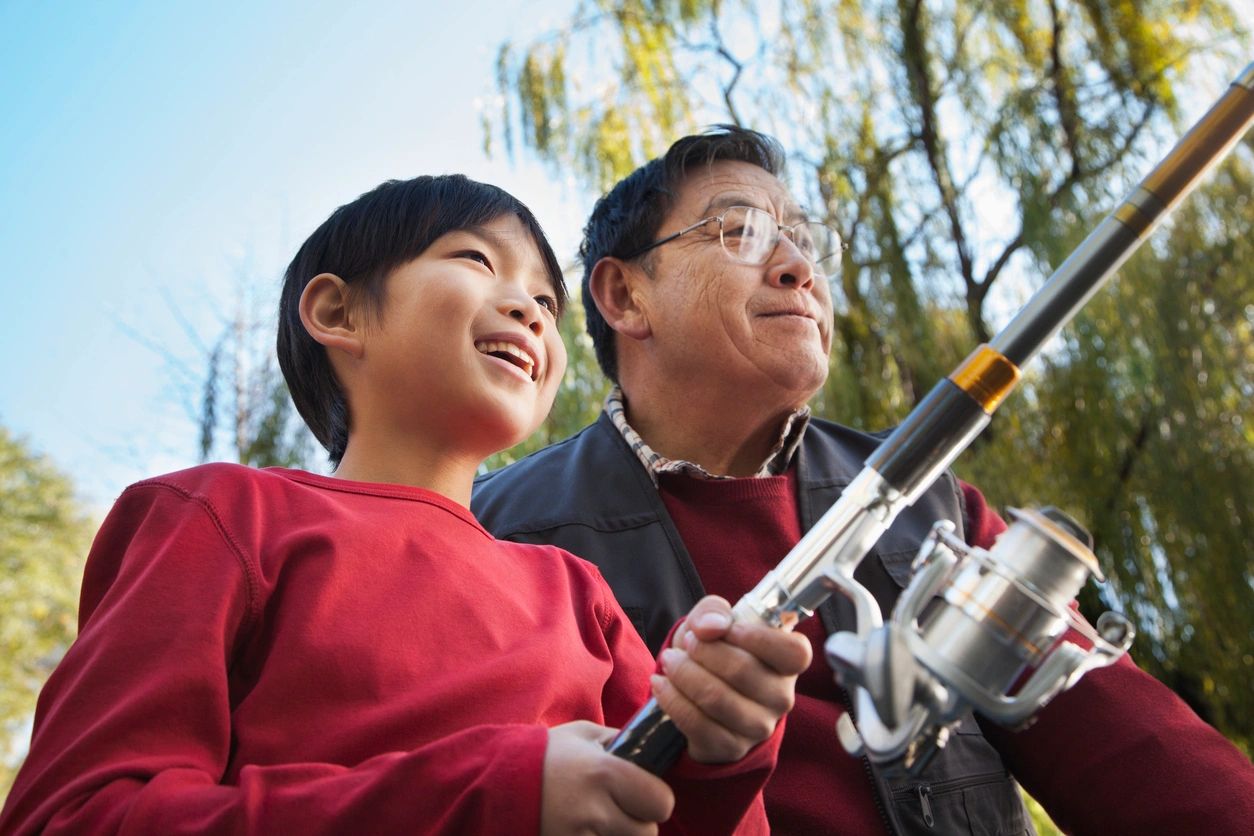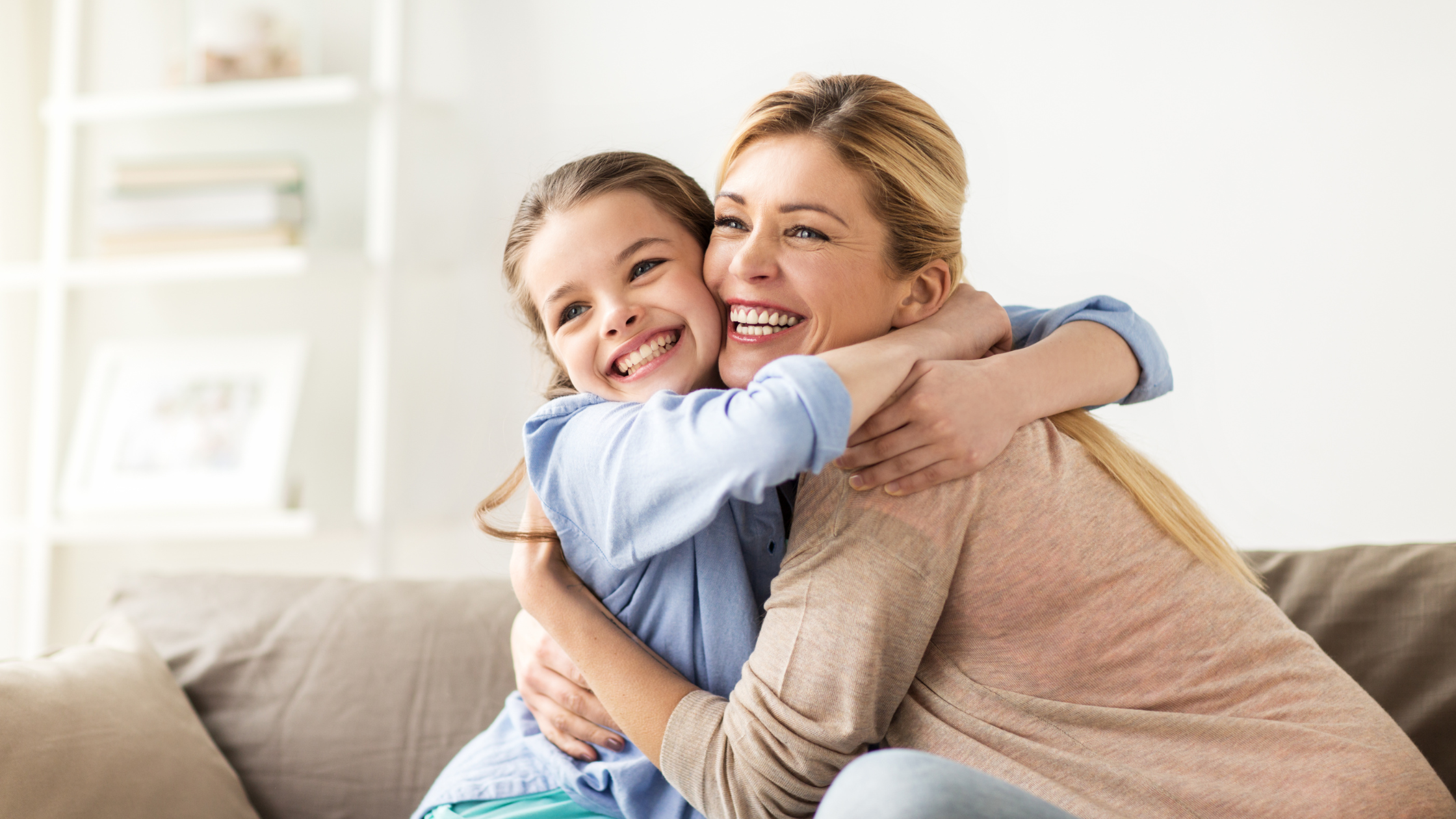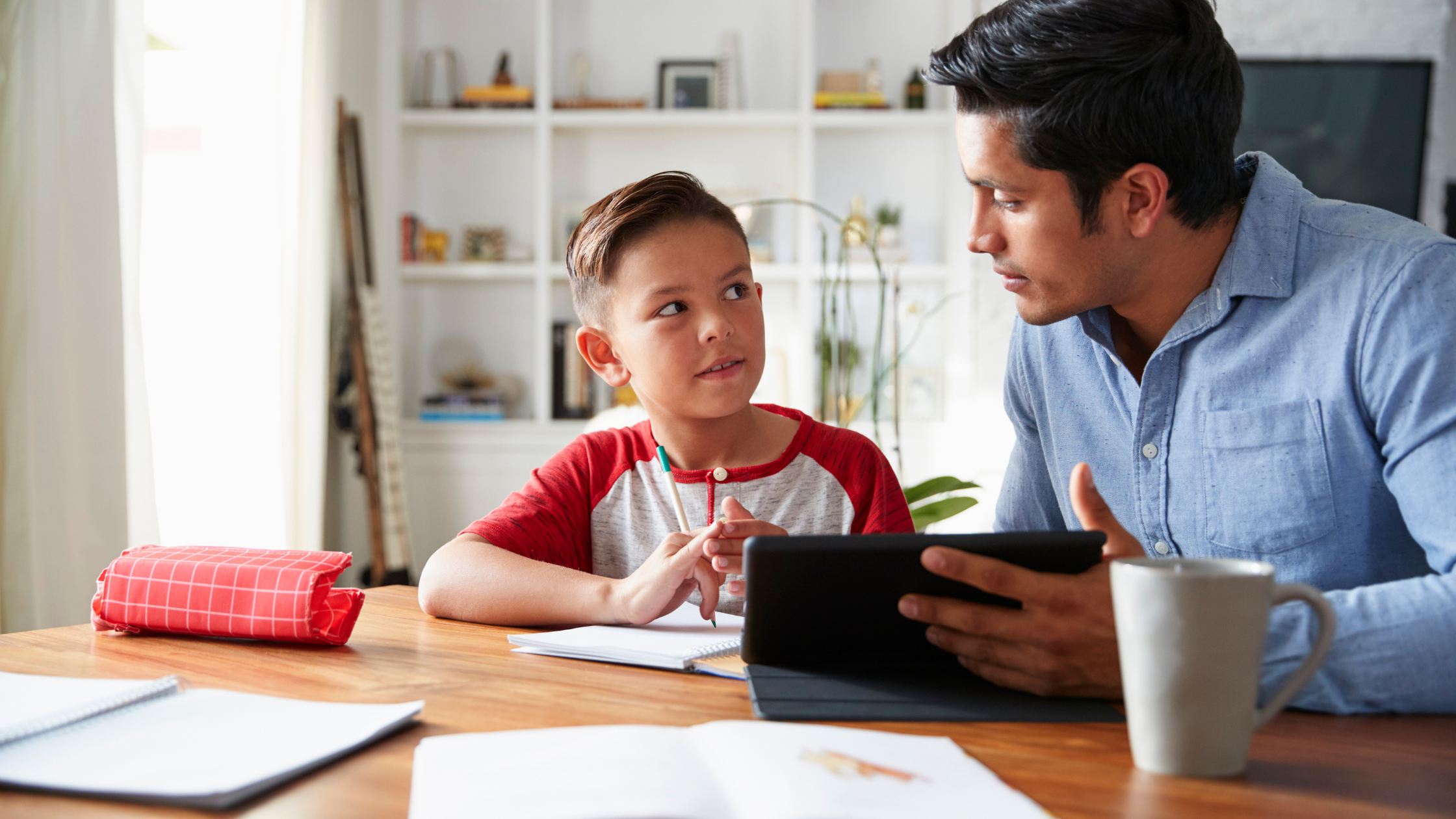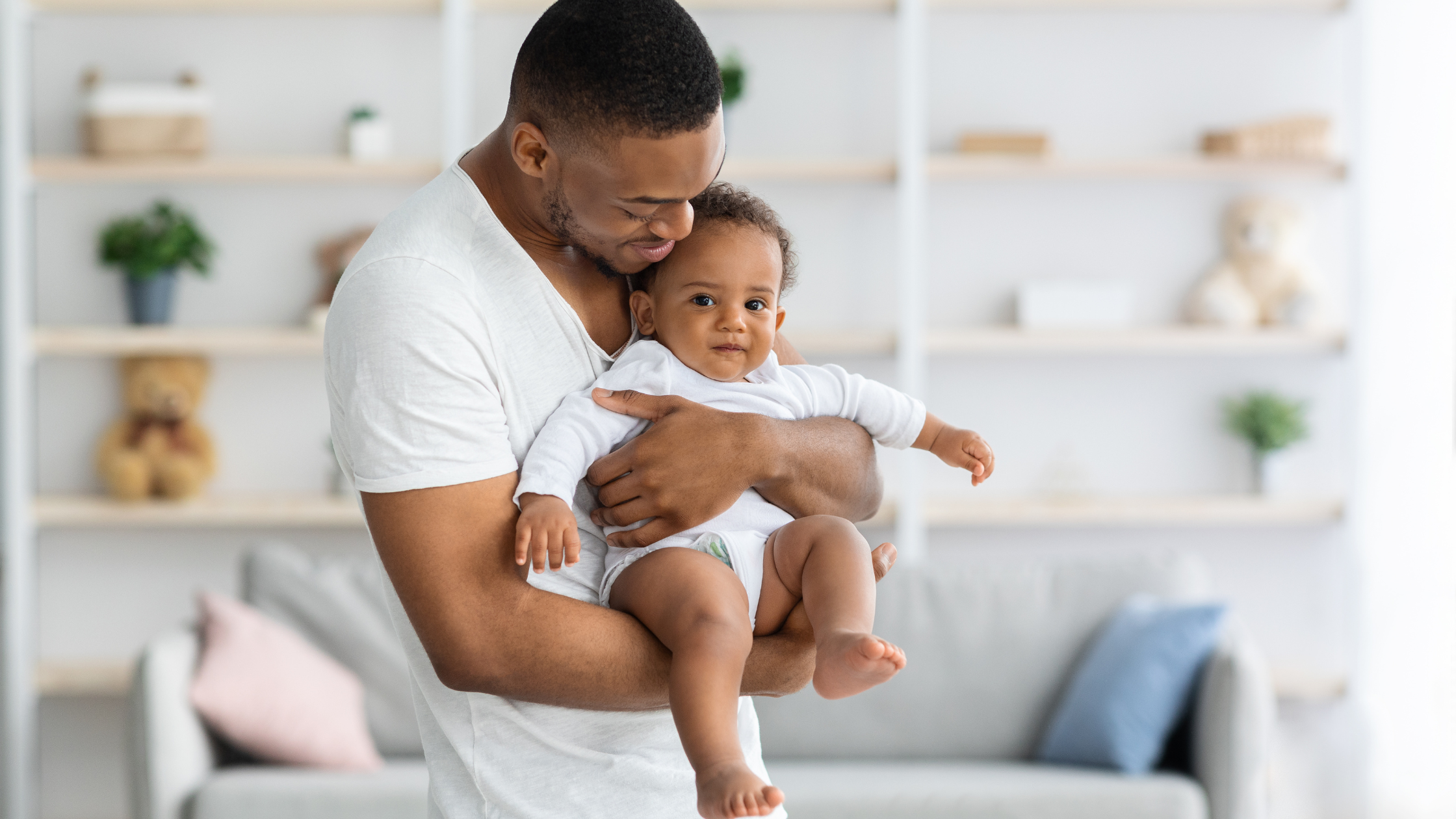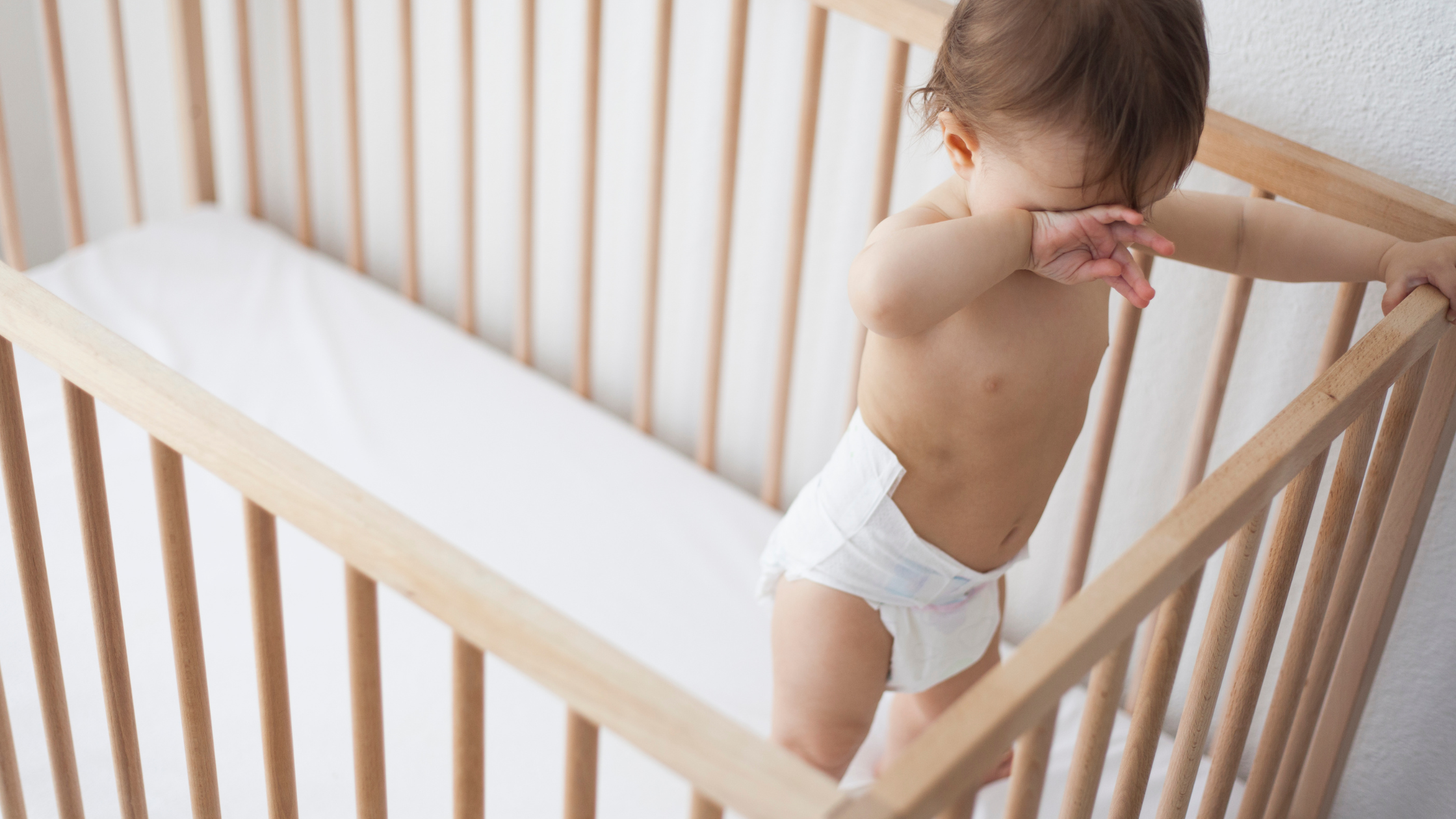How does emotion regulation develop in childhood?
In the first years (infancy to toddlerhood), children are beginning to learn what emotions are, how to communicate their feelings and most of their emotion regulation is based on physical comfort from parents. At the preschool age, children usually have improved language skills and are more developed emotionally. It’s usually at this age that scientists see a shift in emotion regulation skills. Preschool age children start to rely more on themselves to regulate their emotions, rather than on their parent. They are learning to develop their own coping strategies and select different emotion regulation strategies to deal with different stressors.
Preschool and middle school children are still learning different emotion regulation skills and although they start to develop their own strategies, parents and caregivers are still really important in this process.
How can a parent help their children with emotion regulation?
In general, we know that being supportive, warm, and mindful of your own and your child’s emotions can help them with learning their own emotion regulation skills. But, do all emotion regulation strategies work the same way or there is a better one depending on the age?
In 2011, Morris and collaborators investigated whether there is a difference between three strategies used by mothers to help their preschool and middle school children regulate their emotions.
They recruited 153 preschool children (4 to 9 years of age) and their mothers to observe how mothers help their children regulate their emotions after receiving a “bad” gift.
When presented with an unexpected/disappointing gift (one small pair of socks and a fish sticker), children’s emotions ranged between anger and/or sadness. In the study, scientists focus on three different emotion regulation strategies that mothers used with their children:
-
Distraction Focus only on the “positive part” of the gift – “Look, this is a nice sticker. Where do you want to glue it?”
-
Physical comfort – Comfort and hug their children as they express their emotions.
-
Reframing – Change the purpose of the gift. “This is a funny gift. What do you think of giving them to your teddy bear? I think he was cold last night. Or maybe we can use them as a hand puppet”.
The researchers found that distraction and reframing strategies lead to better emotion regulation (reduced intensity of anger/sadness) when compared with physical comfort. Age was another important factor, as older children tended to regulate their own emotions better in general, so a mother’s “help” wasn’t so necessary. In this study, mothers and children tended to use the same emotion regulation strategies, emphasizing how mothers are important for the development of their children’s emotional regulation strategies.
This particular study only looked at mothers, but have you gone through the same thing as a father or a caregiver?
Tell us more about your experiences in the comments below!


